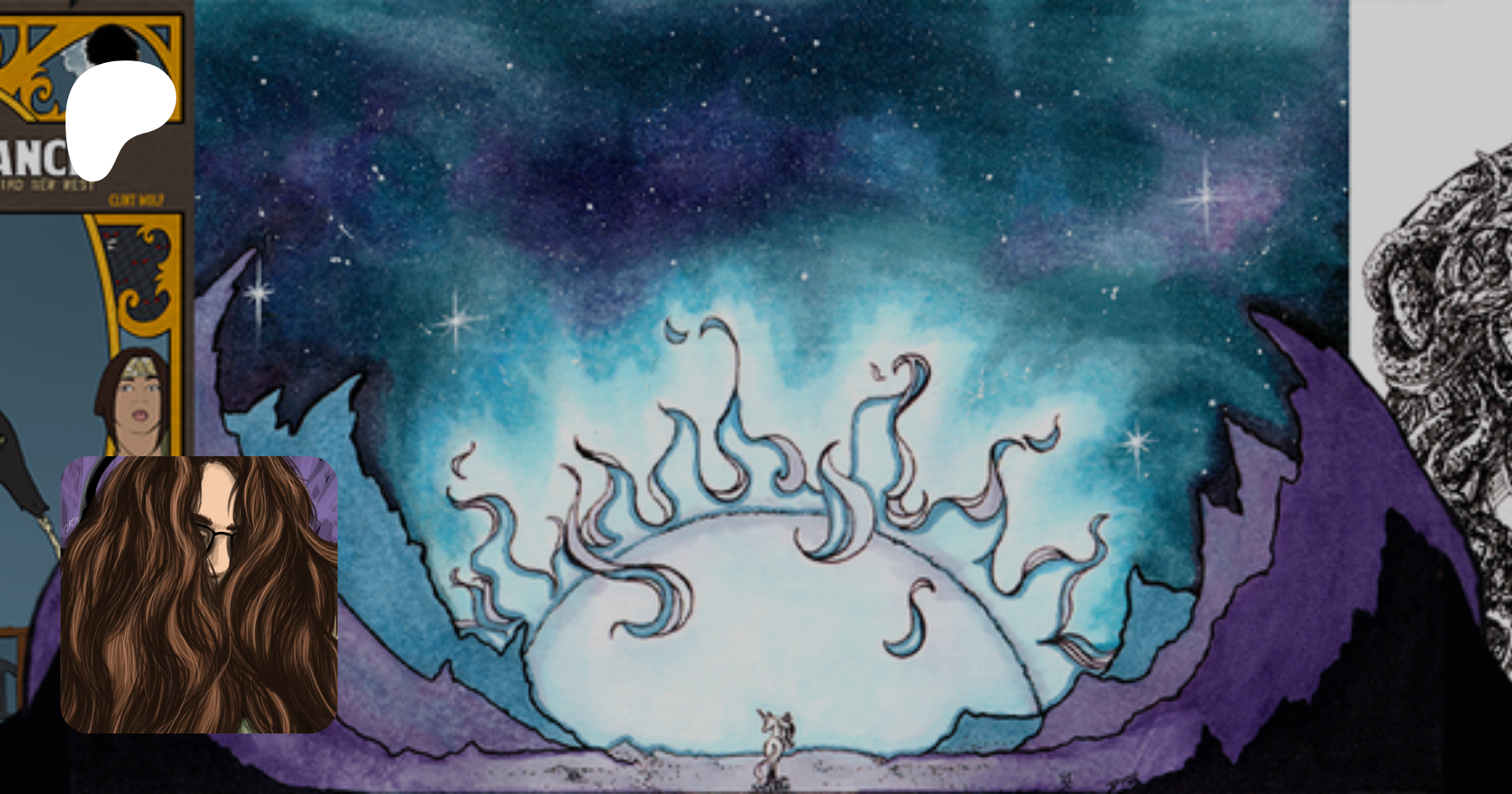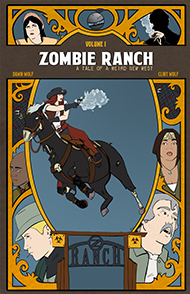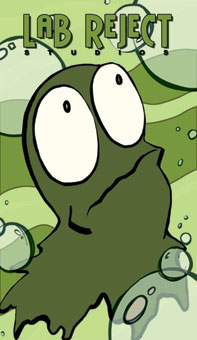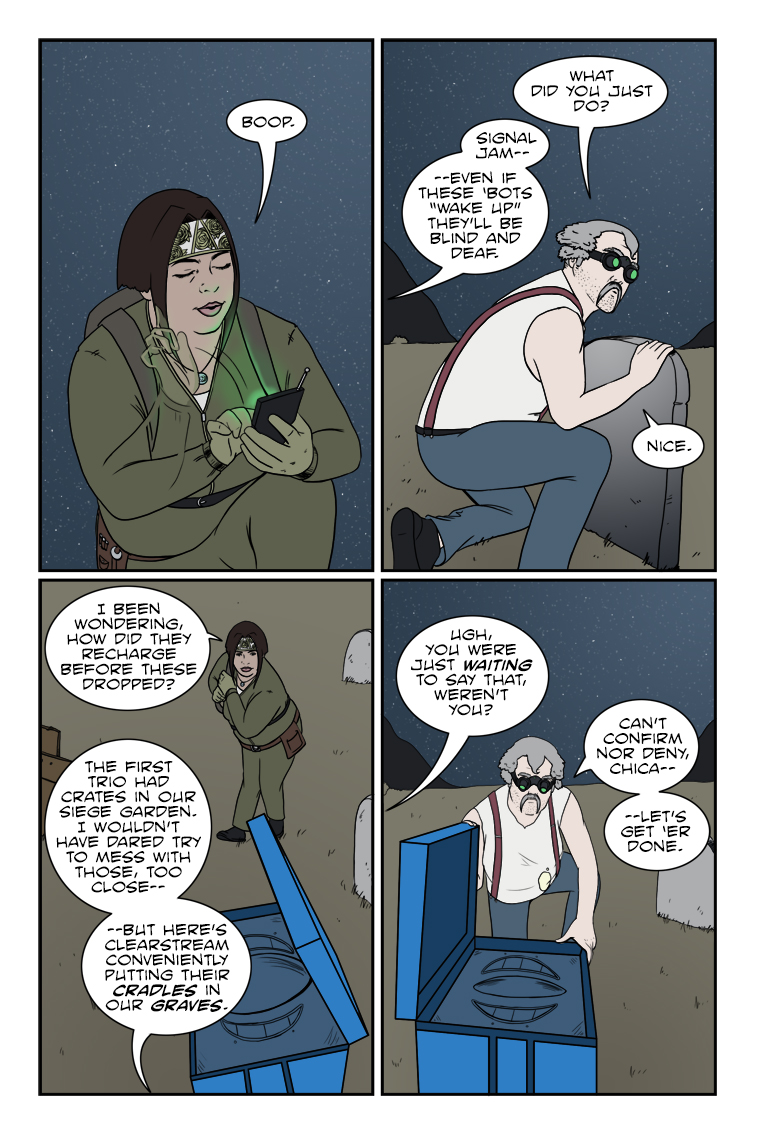Cart
Product categories
Support Us!
If you like what I do please support us on Ko-fi or Patreon.
Follow Us!
Join Our Newsletter!
Vote For Us!
Login
Polls
Events
-
Pasadena Comic Con
Dates: May 24
Location: Pasadena Convention Center, 300 E Green St, Pasadena, CA 91101, USA ( MAP)Details:We will be at the Pasadena Comic Con on January 26th. See some of you there for this one day event!
Purchase tickets online at here: https://www.tixr.com/groups/pcc/events/pasadenacomiccon-pasadena-comic-con-2025-115248
-
San Diego Comic Con: SP-N7
Dates: Jul 23 - 27
Location: San Diego Convention Center, 111 Harbor Dr, San Diego, CA 92101, USA ( MAP)Details:Clint & Dawn Wolf will be at San Diego Comic Con, as Lab Reject Studios. We will be at booth N7 in Small Press.









3 thoughts on “543 – Cradles And Graves”
Keith
Oh lordy, they really are a great couple…though, I suggest adopting.
Anonymous
Consequences be damned, because doing nothing might be worse.
Tommyguada
hi
Latest Comics
#345. 331 – Whispered Opportunities
15 Apr 12, 2017
#344. 330 – If You See Something…
15 Mar 29, 2017
#343. 329 – Failure To Save
16 Mar 22, 2017
#342. 328 – Cutting Response
18 Mar 15, 2017
#341. 327 – Ambivalent Equivalence
15 Mar 08, 2017
#340. 326 – Supersonic Shutdown
18 Mar 01, 2017
#339. 325 – Rhetorical Questioning
9 Feb 22, 2017
#338. 324 – Firing Blind
14 Feb 15, 2017
#337. 323 – Burning Curiosity
17 Feb 01, 2017
#336. 322 – Tragedies And Miseries
17 Jan 25, 2017
#335. 321 – Whisperers In Darkness
48 Jan 18, 2017
#334. 320 – It’s Not OK
46 Jan 11, 2017
#333. EPISODE FOURTEEN
46 Jan 09, 2017
#332. 319 – Oscar Clip (END OF EPISODE 13)
46 Dec 14, 2016
#331. 318 – Cubicle Thinking
43 Dec 07, 2016
#330. 317 – Remote Uncontrol
14 Nov 30, 2016
#329. 316 – Wake Up, Little Suzie
11 Nov 23, 2016
#328. 315 – Lens Of Inquiry
10 Nov 16, 2016
#327. 314 – Watchful Graze
14 Nov 09, 2016
#326. 313 – Health Hazards
14 Nov 02, 2016
Latest Chapters
Episode 22
Episode 21
Episode 20
Episode 19
Episode 18
Episode 17
543 – Cradles And Graves
Chuck sez: "Never let a covert operation get in the way of a bad pun."
Bleeds: A Visual Journey
Calendar
BlueSky Latest Posts
Writer’s Blog Archives